22+ Devils Walking Stick Plant
Borne at the top of tall upright club-like branches the compound leaves with their numerous toothed leaflets form an umbrella-like canopy. Web Aralia spinosa devils walking stick Hercules club Aralia spinosa or devils walking stick is not a plant for the faint of heart.

Devil S Walking Stick Hiker S Notebook
Early Summer Late Summer Summer.

. This is a large upright suckering deciduous shrub that typically grows to 10-15 tall but infrequently grows as a small flat topped tree to as much as 35 tall. Woody Plant Leaf Characteristics. The common name and species epithet derive from sharp prickles on the plants stems and branches 9.
30 feet or more. Height 16 to 25 feet 3 to 8 meters Exposure full sun Soil ordinary. Web This unusual US.
Between 10 and 20 feet Spread. Devils Walking Stick flowers in the summer and the fruits numerous black drupes about 025 inches in diameter mature in late fall. Devils walking stick has coarse thorny stems.
Between 6 and 10 feet Full sun to part shade Drought tolerant Easily grown from seed or transplanted. Full Sun to Partial Shade. The genus name comes from an old French-Canadian name of aralie 9 applied to a baby girl and means one who is a born leader 10.
Web Devils club or Devils walking stick Oplopanax horridus Araliaceae. Echinopanax horridus Fatsia horrida Squamish. Full sun or part shade and any type of soil is suitable the plant prefers moist fertile loams but will tolerate soils with rocks and clay.
Devils walking stick can be a very important plant for honey bees native bees and butterflies. Web Devils walking stick is an interesting shrub both for its summer blooming and for its large pointy leaves. It is often found growing along the edges of forests or in open woodlands.
Leaves including petioles. When its huge triply compound leaves are shed in the fall only the main thorny stem is left standing through the winter months--hence the name devils walking stick. This robust suckering shrub or small tree has thorns on its trunk branches and leavesThe flowers are large terminal white panicles that produce black berries in the fall.
Web Specimen plant or background hedge. 4 5 6 7 8 9. If you cut below lawnmower height once you can do follow-up cutting wholesale with a lawnmower.
Web The Devils walking stick has small 5-petaled white flowers to 18 across bloom in huge terminal clusters of umbellose panicles to 24 long in June-September. So how do you get rid of devils walking stick when its taking over your yard. Showy Fall Foliage Showy Foliage Showy Fruit.
In the right situation it can sucker aggressively. It bears very large leaves which are bi-pinnately compound and up 5 across. Web Devils walking stick is a member of the ginseng family Araliaceae.
Name Aralia spinosa Family Araliaceae Type shrub. Foliage deciduous Flowering July to August. It also spreads like wildfire and can be difficult to control.
Devils walking stick facts. Web Aralia spinosa commonly called devils walking stick or Hercules club gets its common name from the stout sharp spines found on its leaf stalks stems and branches. 10 long dilated at base and partly fused with stipules petiole clasping the stem obliquely.
This relatively small tree gets its name from the club-shaped branches and the vicious prickles along the. Ecnerwal Aug 20 2017 at 1511 Add a comment 2 Answers. Web Aralia spinosa commonly known as devils walking stick is a woody species of plant in the genus Aralia family Araliaceae native to eastern North America.
Devils Walking Stick is often found along well-drained stream banks and roadsides. This interesting plant is classified as a small tree or more typically a large shrub as it sends up multiple suckers which can grow to a height of 10 or more. The flowers are quite showy and very attractive to bees.
It is identifiable by thorns or spikes along the stem unique doubly compound leaves and large clusters of small white flowers. It propagates by sprouting from the. Native has a very exotic look with large compound leaves and late summer flowers.
Deciduous alternate very large twice to thrice odd-pinnately compound closely set giving an umbrella appearance. December 14 2022 Time to read. Web Devils Walking Stick Aralia spinosa is a 30-foot tall tree native in the southeast and as far north as southern Illinois.
Spreads by rhizomes and seeds dispersed by birds. With persistence that kills most things and will at least weaken the plant while you decide whether and what chemical approach you may or may not need to try. Web The small white flowers have 5 petals in a large cluster 8 to16 inches long.
Sáxt is a large understory shrub native to the rainforests of the Pacific Northwest but also disjunct on islands in Lake SuperiorIt is noted for its large palmate leaves and erect woody stems covered in. Web Devils Walkingstick is a very spiny shrub that could be used for defensible landscaping. Web Some of the plant species associated with devils walkingstick include black cherry Prunus serotina eastern hophornbeam Ostrya virginiana tree sparkleberry Vaccinium arboreum red maple Acer rubrum var trilobum American hornbeam Carpinus caroliniana common persimmon Diospyros virginiana sassafras Sassafras albidum.
Web Devils Walking Stick Aralia spinosa As you walk to the end of Marsh Road look to the right for a dense thicket of Devils Walking Stick that exhibits large terminal clusters of creamy white flowers and large compound leaves. D evils walking stick produces beautiful late-summer blooms but its thorny stems can be a huge hassle. Web Aralia spinosa at a glance Common names.
Web Devils walking stick Aralia spinosa is a small tree or tall shrub that is native to the eastern US. Web Step one - cut and cut again. Web Unique and tropical-looking Aralia spinosa Devils Walking Stick is a large suckering deciduous shrub or small tree with huge divided rich dark blue-green leaves up to 5 ft.
It is found throughout Arkansas and shares close kinship with English ivy ginseng and the houseplant Schefflera. Web Devils Walking Stick is very easy to grow thrives on neglect and is adaptable to urban conditions. Web Purdue Extension forester Lenny Farlee introduces you to the Devils Walking Stick a small tree from the ginseng family found in southern Indiana.
Devils walkingstick angelica tree Hercules club prickly elder prickly ash Height. The various names refer to the viciously sharp spiny stems petioles and even leaf. Flower blooms from June to September.
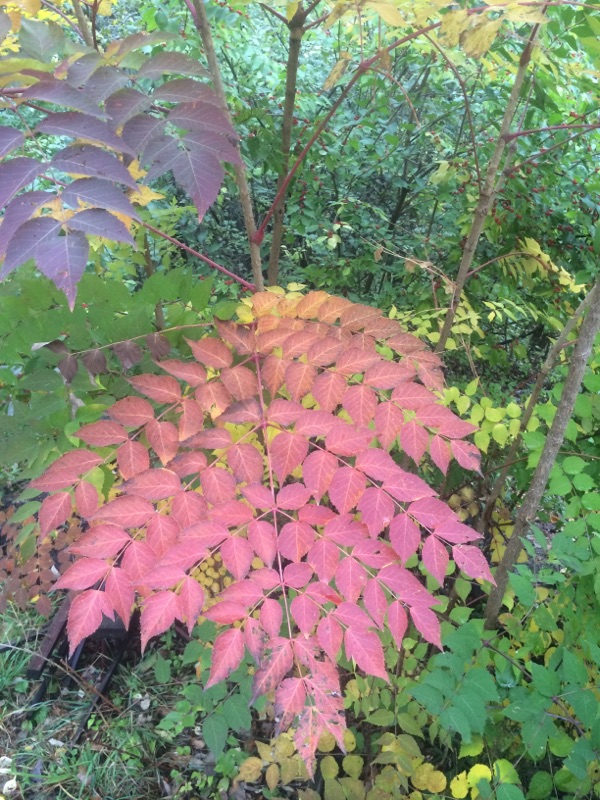
Devils Walking Stick
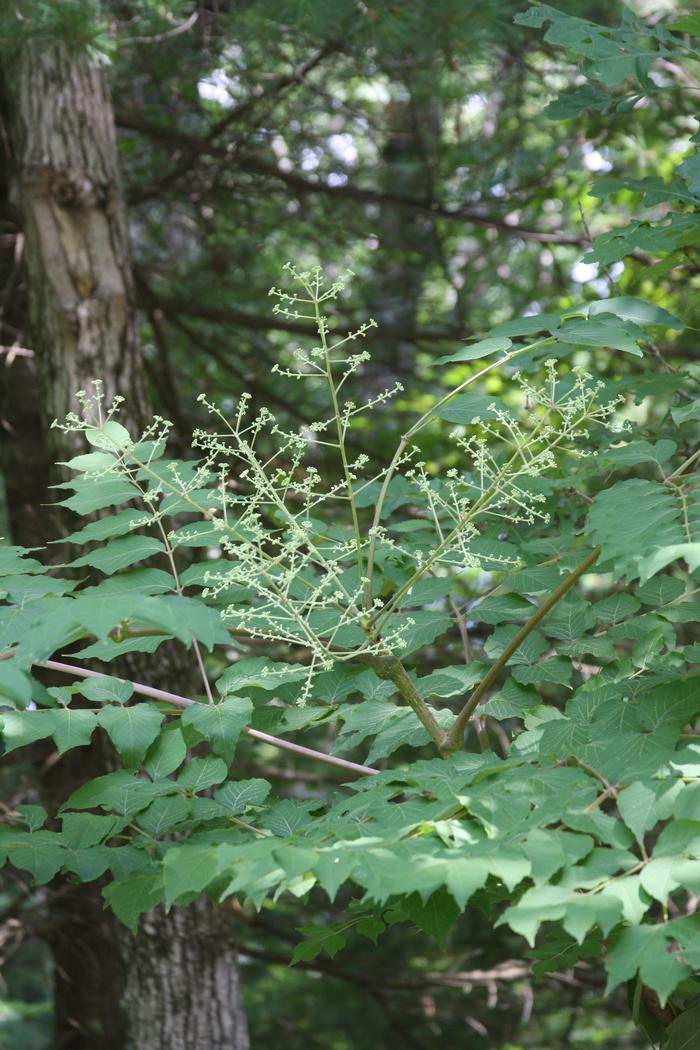
Devil S Walking Stick Aralia Spinosa From New England Wild Flower Society
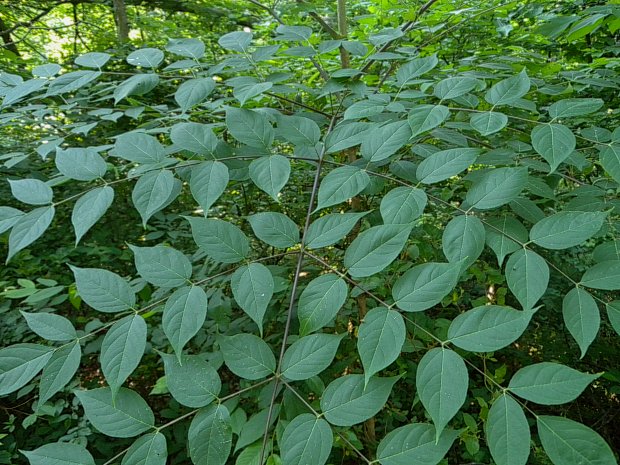
Devil S Walking Stick Aralia Spinosa

Devil S Walking Stick Aralia Spinosa

Aralia Spinosa Angelica Tree Devil S Walkingstick Devil S Walking Stick Hercules Club Hercules S Club Hercules S Club Prickly Ash Prickly Elder North Carolina Extension Gardener Plant Toolbox
Devils Walking Stick Plants To Grow Plants Database By Paul S Drobot
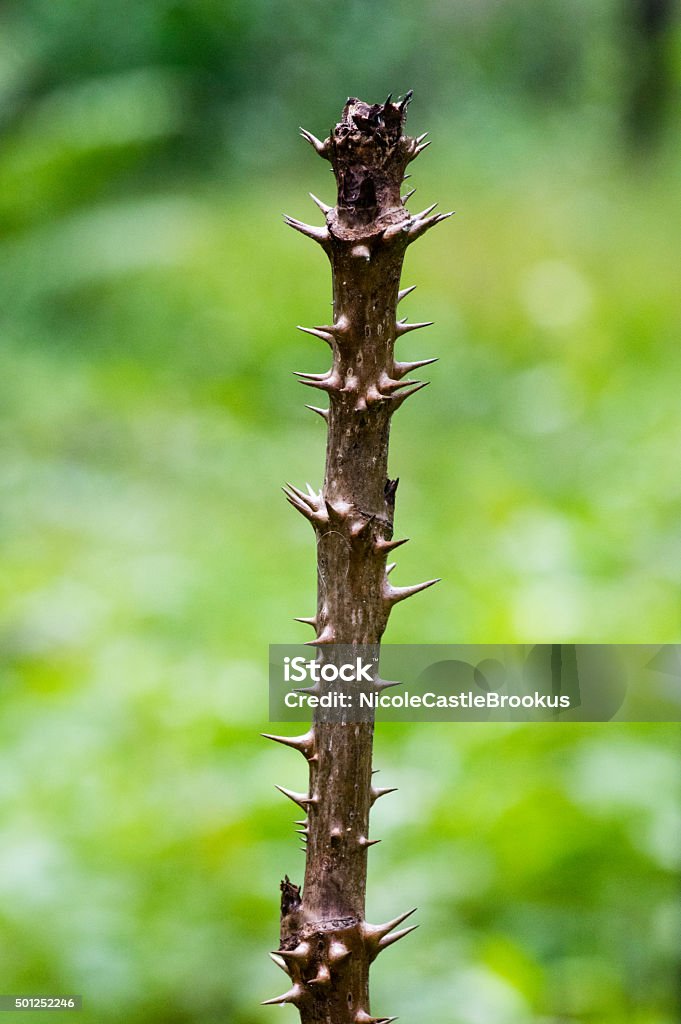
Devils Walking Stick Detail Stock Photo Download Image Now 2015 Apiales Araliaceae Istock
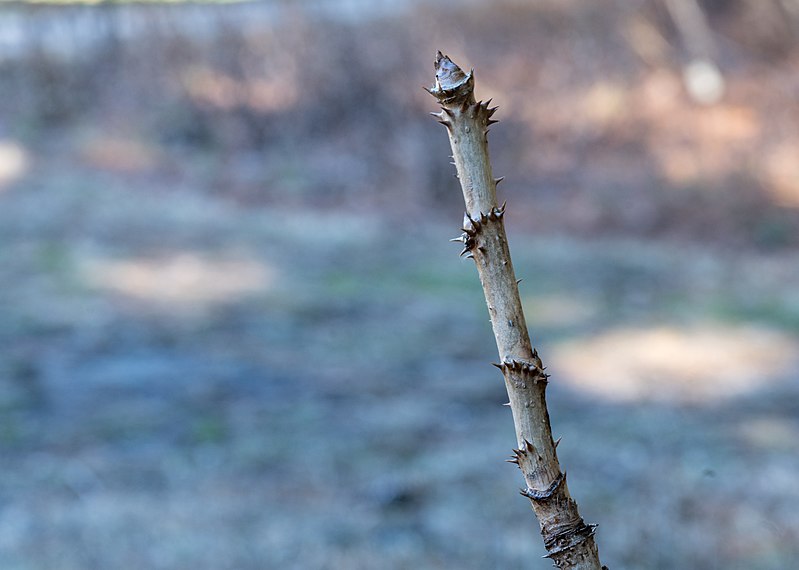
Devil S Walking Stick L Amazing Our Breathing Planet

Corylus Avellana Contorta Corkscrew Hazel Harry Lauder S Walking Stick Half Standard Garden Plants Online
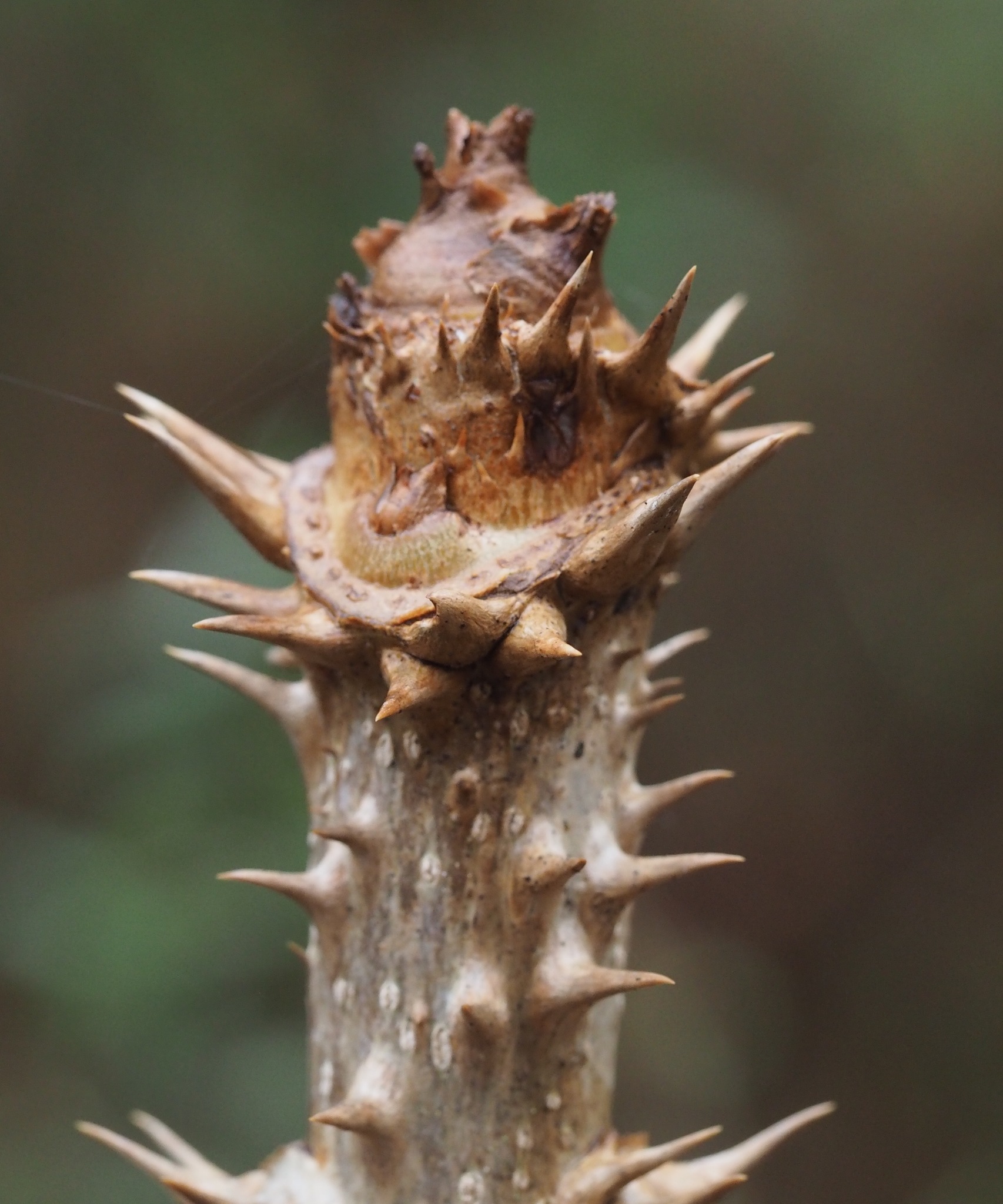
Maryland Biodiversity Project Devil S Walkingstick Aralia Spinosa

Devil S Walking Stick Finegardening
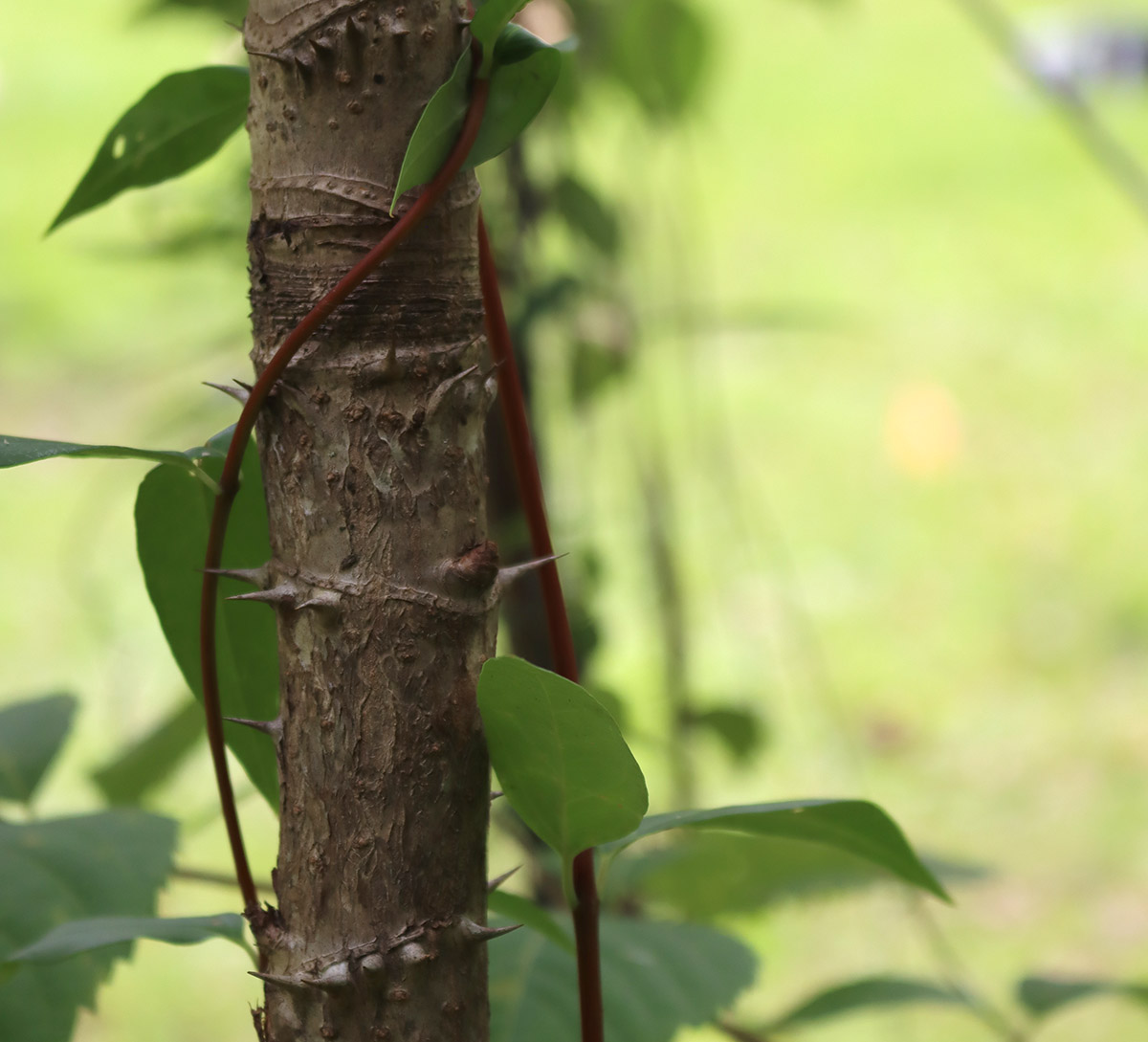
Devil S Walkingstick Your New Favorite Thorny Pollinator Plant The Wfsu Ecology Blog

Devil S Walking Stick Aralia Spinosa 20 Seeds R B Floridaseeds
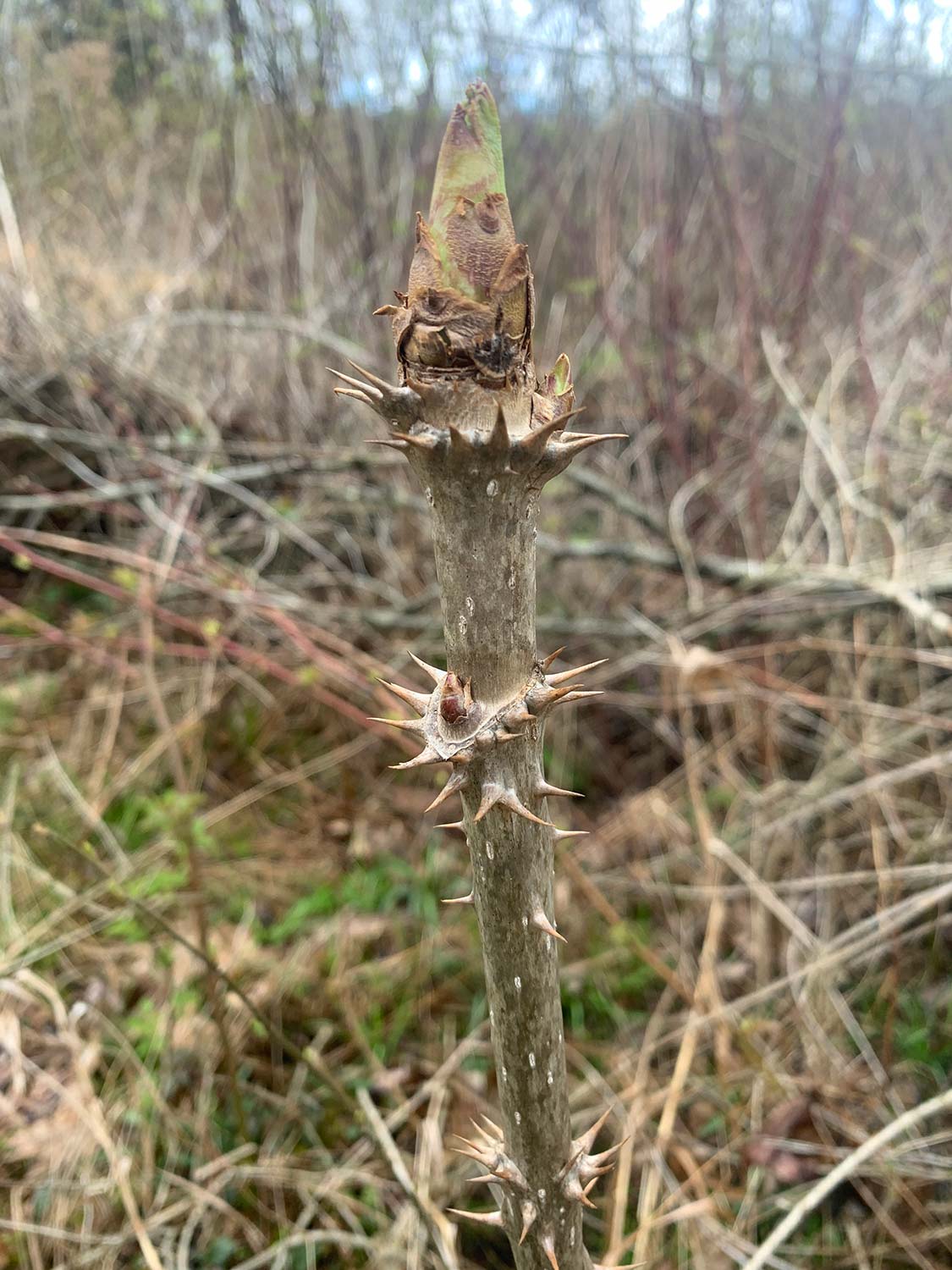
Sacred Tree Profile Devils Walking Stick Aralia Spinosa The Druids Garden
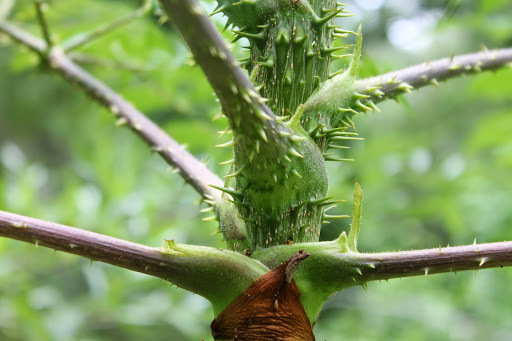
Devil 39 S Walkingstick Trees Of Massachusetts Inaturalist
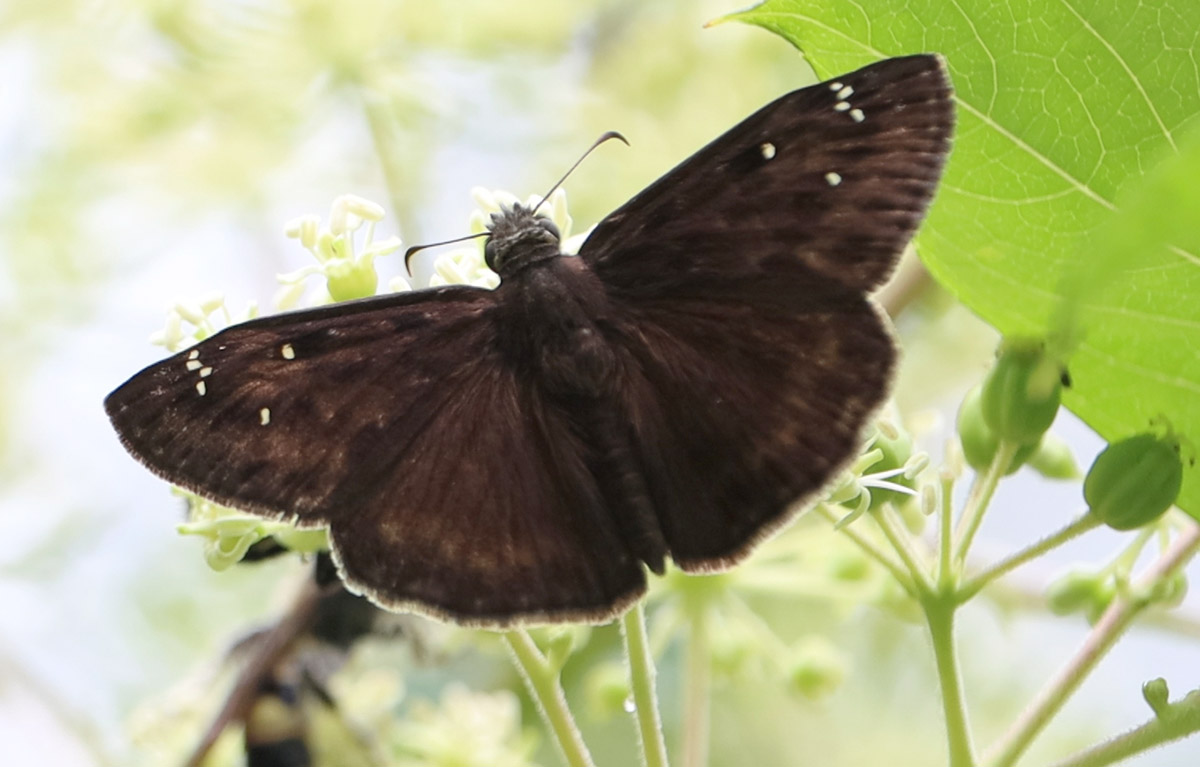
Devil S Walkingstick Your New Favorite Thorny Pollinator Plant The Wfsu Ecology Blog

Devil S Walking Stick Aralia Spinosa